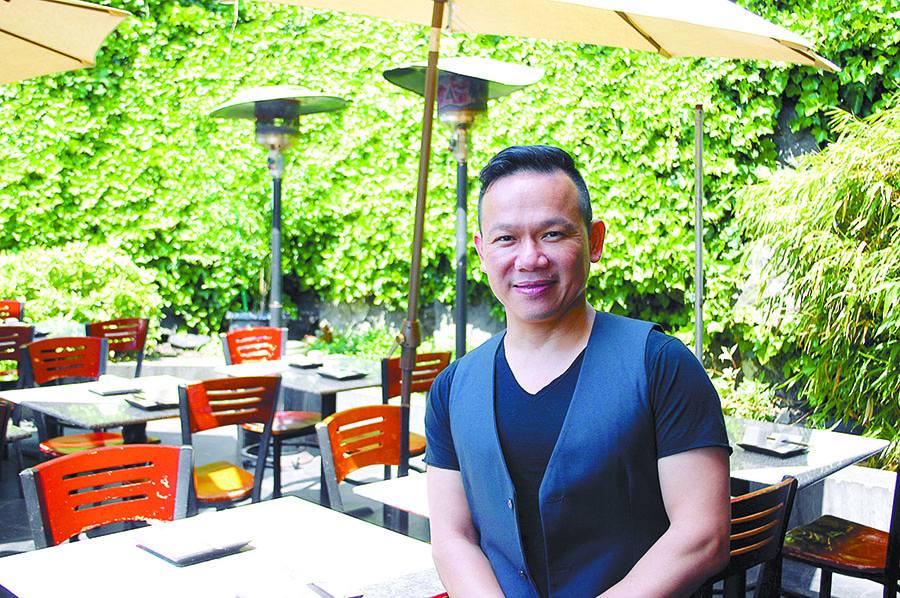The Great Depression is coming to the Washington State History Museum, offering visitors a time-capsule glimpse into the harsh, desperate 1930s. Bread lines, millions of displaced workers, political encampments, shantytowns full of single men, and hobo wanderers — all of this and more will be on display beginning Monday.The exhibit, “Hope in Hard Times: Washington During the Great Depression,” will put our own economic doldrums, which have lingered for more more than three years, into perspective. As we know, this was an equal-opportunity crash. Washington state fared no better than any other part of the country. Shantytowns sprouted in Tacoma, called Hollywood-on-the-Tideflats, located at the end of the Puyallup River near the city dump. Olympia’s downtrodden compound was known as Little Hollywood, a collection of float houses in the mudflats that is now Capitol Lake.”It’s a very Washington point of view of the Depression,” Jennifer Kilmer, the museum’s director told the Tacoma News Tribune. “We have these really wonderful insights specific to this state.”Exhibit curator Gwen Perkins said the idea for the exhibition germinated several years ago when, as an educational specialist, she began to get questions from grade-school kids, asking how it happened, what the cost of things were then, and so forth.”They find it fascinating that [Depression-era children] would put cardboard in their shoes,” Perkins said.To illustrate the Depression theme, an old-style two-piece phone is displayed next to an iPhone. A 1930s toy car is placed next to a 21st century version.Dollar bill-sized wooden money, known as Tenino scrip, will also be featured, along with an exhibit displaying hobo signs — “a hieroglyphic-like system,” as the News Tribune noted, “of symbols were discreetly marked on buildings and used by wanderers to communicate the opportunities and the perils of an itinerant life. A female stick figure telegraphed “Kind woman lives here – tell a sad story” while numerals 2/10 warned ‘There are thieves about.'”Perkins made it a point to include items that women used. “Lots of women’s artifacts were discarded because they were [seen as] unimportant,” she said.Also, a good portion of the exhibit is devoted to the paintings of Ronald Debs Ginther. During the Depression, Ginther was an itinerant worker and social activist. “I stretched a dollar so far that the eagle looked like a stork,” he wrote in a letter home. The Oregon native spent 1930-35 working as a cook, organizing labor movements, and fighting for the rights of the unemployed.While working on the exhibit last year, Perkins found herself in jeopardy of losing her job in light of budget cuts. “Things have been worse. But it got better,” she said. “I think there’s hope in that.”
More Stories From This Author
Adam Smith and Kim Schrier will retain Congress seats | Election 2024
Smith represents the 9th Congressional District and Schrier represents the 8th Congressional District.
November 5, 2024 9:40 pm
Boeing Machinists approve contract, ending 52-day strike
After voting no twice, 59% of union members approved the latest contract.
By
Michael Henneke • November 5, 2024 8:40 am
Charges filed against teens in King County crime spree
Suspects linked to 78 robberies, shootings and carjackings in Sept. and Oct.
By
Benjamin Leung • October 21, 2024 6:00 pm







